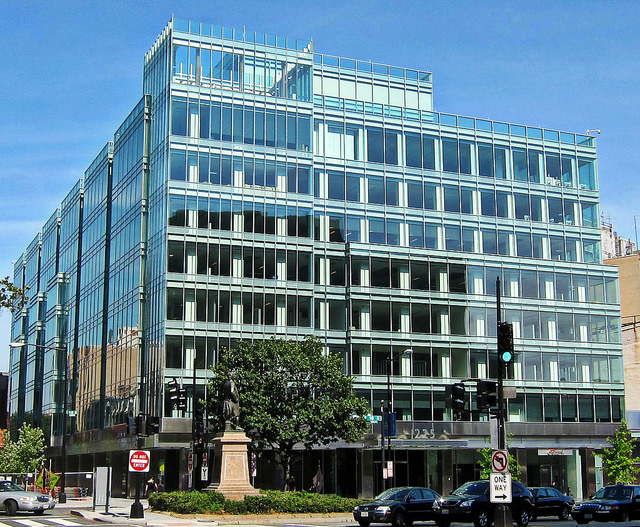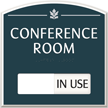Green office buildings don’t necessarily promote worker happiness
Working in a green office doesn’t necessarily boost employee happiness, according to a recent study reported on by ArchDaily. The study suggests that while employees are “generally satisfied” working in LEED buildings, their happiness isn’t any greater than those employees’ who work in non-LEED buildings. (LEED, which stands for Leadership in Energy and Environmental Design, is a ratings guideline for designing, building, running and maintaining green buildings.)
Overseen by Sergio Altomonte from the Department for Architecture and Built Environment at the University of Nottingham and Stefano Schiavon from the Center for the Built Environment at the University of California Berkeley, the study counters previous conclusions about worker happiness rising when working in green buildings — in fact, that “green-rated buildings are characterized by higher occupant satisfaction, health, and productivity.”

A recent study says workers in green office buildings aren’t any happier than those who don’t work in green buildings. From NCinDC.
For the study, the researchers collected information through an online survey tool by the Center for the Built Environment at the University of California Berkeley. Sixty-five LEED buildings and 79 non-LEED buildings were included. The buildings’ workers — a total of 21,477 individuals — ranked their satisfaction on a seven-point scale including 17 indoor environmental quality criterion, including: air quality, sound privacy, temperature, furniture adjustability and amount of light.
Studies in the past relied on the same database as this recent survey by Altomonte and Schiavon to collect responses from the same buildings, yet these concluded that “green-rated buildings are characterized by higher occupant satisfaction, health, and productivity,” reported ArchDaily. There are a handful of reasons for the discrepancy.
The researchers say that their data is different because 1) they used a greater sample size of LEED building occupants. 2) They collected information unrelated to the environment about building users and building characteristics “to ensure comparability between the two survey groups,” and 3) they examined individual feedback instead of only average values, and they “ applied a different statistical approach to their evaluation.”
User satisfaction with LEED-certified office buildings seem to decline over time. The highest level of satisfaction was reported during the worker’s first year in a green building. A potential reason for the decline is that LEED certification is chiefly founded on predictions, “without measuring real building performance post-construction,” reports UC Berkeley.
While LEED certification may not impact worker happiness, it’s not counterproductive, either. Explains Schiavon, “Does this mean that green certification is outdated, just costly or even useless? Certainly not, especially given the urgency of the environmental challenge and the fundamental role of buildings on people health and well-being, climate change and energy security.”
The researchers hope that the current LEED process can incorporate the results of their survey to better address LEED building occupants’ needs. Schiavon and Altomonte plan to release a follow-up report in 2015 examining the best strategies for addressing employee well being in green buildings.
Some of the points they stress in increasing worker satisfaction include: 1) targeting strategies to address occupant well being, work performance, health and satisfaction as part of LEED certification; 2) incorporating occupant feedback; and 3) ongoing assessment of building and occupant performance on the part of the LEED program.
Category: New Products, Office courtesy

